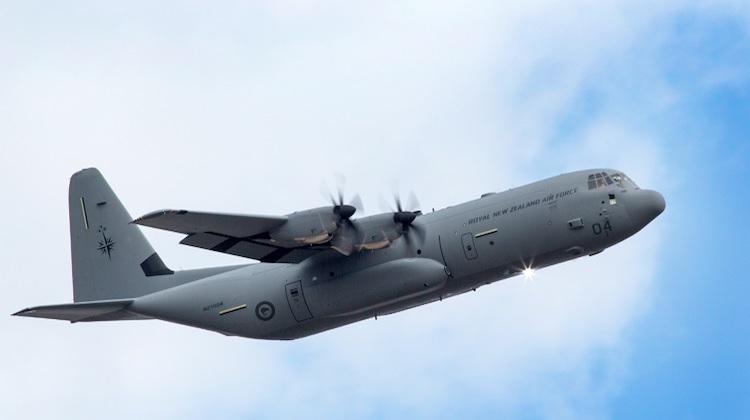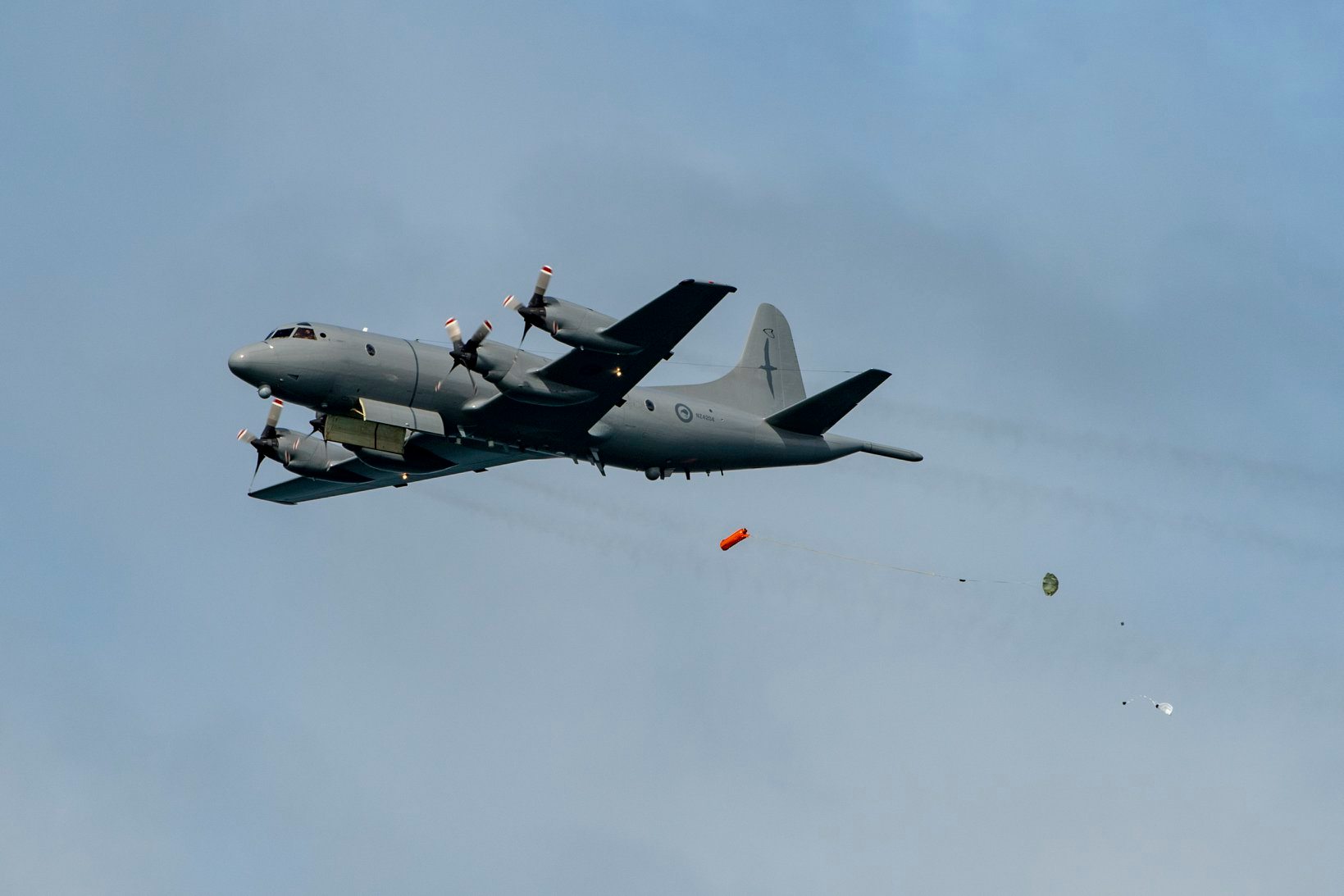New Zealand has a habit of deferring major equipment purchases as along as possible, writes former Defence Minister Dr Wayne Mapp, and a decision on the ANZAC frigate replacement may be left to the next government.
The 2018 budget gave the Ministry of Defence 25 percent more money. That usually means a boost in staff numbers specialising in procurement. It is an indication that the government is gearing up to make some big equipment purchases for the Defence Force.
So far, we have not heard how the government’s review of the 2016 Capability Plan is going. But the results can’t be too far away.
New Zealand has a habit of deferring major equipment purchases as along as possible. But eventually time runs out. The Air Force’s major aircraft, the P3 Orion and the C130 Hercules, are now both nearly 50 years old. Even the last upgrades happened ten years ago.

So, serious decisions need to be made soon. They are at the heart of the review of the Capability Plan.
Anyone with even a passing knowledge of defence recognises that the New Zealand Defence Force has to have long range transport able to deliver cargo and personnel across thousands of miles. With one of the largest Exclusive Economic Zones in the world, coupled with sovereign interests in the Pacific and the Antarctic, maritime surveillance is an essential task.
Replacing the C130s will be an easy decision to make. No party in Parliament, even the quasi-pacifist Green Party, will object to that.
- Royal New Zealand Air Force considers C-17
- 4 Frigate Navy
- Capable for what? New Zealand’s 2019 defence capability plan
The logical replacement for a Hercules is a Hercules. But the somewhat larger and longer range A400M will also have a strong claim. The extra range will be particularly useful for Antarctic flights. Either way, this is a decision that one could reasonably expect in the next two or three years.
The Orion replacement is more difficult. Again, there is a logical replacement: the Poseidon P8. But the cost is eye wateringly expensive at around $500 million per aircraft. There is also the fact that the production line will soon close for new orders.

The 2016 Capability Plan forecast four aircraft. But an order of three would also be credible, especially if close inshore surveillance was cast off to a much cheaper option.
There has been discussion of alternative aircraft to the P8. None of the options are in widespread service, and they would also have much less capability than the P8. It would be a significant retrograde step for New Zealand to step out of the P3/P8 level of capability, and it would be seen as such by our closest ally, Australia.
One of my concerns as Minister of Defence from 2008 to 2011 was to sequence major purchases – those that cost in excess of $1 billion – so that a government would only be faced with one major procurement decision in any one parliamentary term. Preferably the decision would be made in the first or second year of the three-year term, rather than in election year.
The Defence Review of 2010, which was largely confirmed by the 2016 Defence Review, forecast a sequence of replacements for delivery from 2018 to 2030. One of the major purchases needed to have been made in the last parliamentary term, but because that did not happen, there is a real prospect that the two aircraft decisions will need to be made in the next three years.
Even then, delivery would not occur much before 2025. This is quite a dilemma for the current government.
There are in fact three major defence acquisitions to be made. The third is the frigate replacement. It will be the last of the three major acquisitions, but it also has the longest delivery time. New ships will be needed around 2030 when the two Anzac class frigates will be over 30 years old. However, they have held up remarkedly well and it is conceivable they could last as long as 40 years old.
Both will be going through a $500 million weapons and sensor upgrade in the next five years. It seems unlikely that defence planners would only want seven years’ use of the ships after such a substantial upgrade.
The Anzac replacement may herald quite a political battle. The Capability Plan envisages replacing frigates with frigates. Logically this would be done in partnership with Australia just as it was with the Anzac ships. The Australians are likely to make their choice of the ships to replace their Anzac ships later this year, with construction to begin in 2020. Delivery will extend over a decade.
It is conceivable that New Zealand could choose to add two more ships at the end of the build programme. In that case the frigate replacement decision could be deferred to the parliamentary term of 2020 to 2023.

There are other options for the frigate replacement. New Zealand may choose to go for a light frigate. In that case, three ships could replace the existing two Anzac ships. Alternatively, there could only be two ships. In either case, a light frigate option comes with an acceptance that New Zealand has opted out of the more capable anti-submarine capability that the current frigates have.
For the last twenty years New Zealand defence expenditure has been around one percent of GDP. The Capability Plan envisages the same level of expenditure. Buying significantly less capable platforms than what is planned will inevitably reduce defence expenditure below one percent of GDP.
This would be a real signal, particularly to Australia, that New Zealand was choosing a lower role in defence and security.
The Australian relationship is central to New Zealand, and defence is a key part of it. If Australia perceives that New Zealand is choosing a much lower path, there are likely to be consequences to the relationship that extend beyond defence co-operation.
New Zealand decision makers will need to think long and hard whether perceived savings in defence are worth the costs that are likely to be incurred in the wider trans-Tasman relationship.





